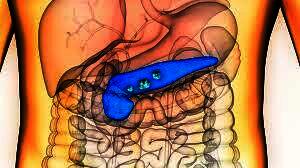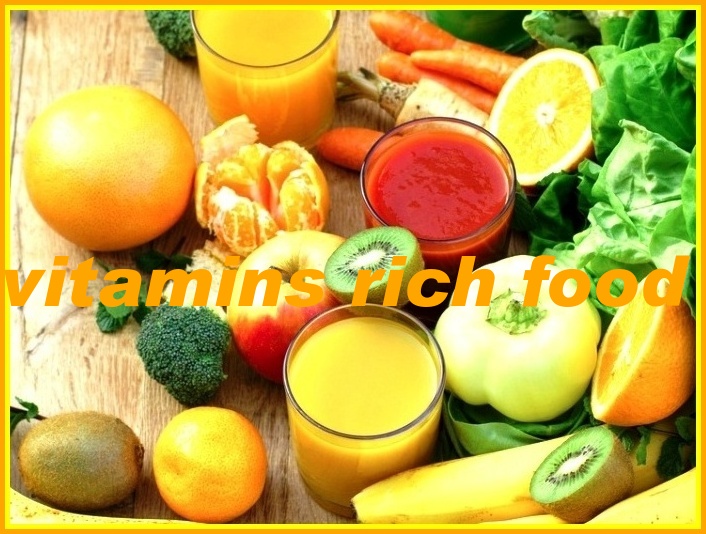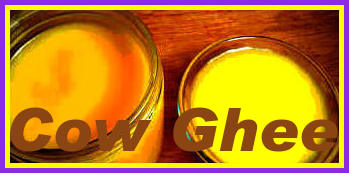According to Ayurveda, the ancient Indian system of medicine, the human body is influenced by three primary doshas or energies – Vata, Pitta, and Kapha. An imbalance in these doshas can affect the overall health of the body. In this article, we will elaborate, What is Pitta Dosha, Causes, Symptoms, and Remedies.

What is Pitta Dosha:
Pitta dosha is primarily composed of the elements of fire (Agni) and water (Jala). It regulates the production of hormones and enzymes in the body. Factors like body temperature and digestive fire (Agni) are controlled by Pitta dosha. Maintaining a balanced state of Pitta is crucial for good health. Pitta dosha is predominantly found in the stomach and small intestine.
Read More About: Karwa Chauth Vrat 2023, Karwa Chauth Puja Vidhi, Moonrise Timing, Katha and Parsad Offering….
Symptoms of Excessive Pitta and Associated Problems:
People with an excess of Pitta dosha may experience various issues due to heightened heat, acidity, gas, and digestive problems, such as:
- Sensation of intense heat, excessive sweating, and thirst.
- Hyperacidity or heartburn.
- Indigestion, loss of appetite, and constipation.
- Headaches, a bitter or sour taste in the mouth.
- Unpleasant body odor.
- Frequent urinary tract infections.
- Burning sensation in the eyes, hands, and feet.
- In men, nightfall (nocturnal emissions).
- In women, menstrual disorders.
Ignoring such symptoms can lead to the development of more serious health conditions. To maintain overall well-being and reduce the risks associated with Pitta imbalances, it is essential to make lifestyle improvements. Let’s take a closer look at the causes and remedies for excessive Pitta dosha.
Causes of Pitta Dosha :

Pitta dosha tends to increase during the summer season due to environmental factors. It’s crucial for individuals with a predominant Pitta constitution to be aware of the reasons behind the elevation of Pitta. Here are some common causes:
- Consuming spicy, hot, or pungent foods.
- Excessive consumption of mustard or sesame oil, vinegar, and sour foods.
- Overexertion and excessive physical activity.
- Prolonged mental stress and anger.
- Consuming alcohol in excess.
- Irregular meal times and inadequate sleep.
- Engaging in excessive sexual activity.
- Excessive intake of meat.
- Consuming caffeine-containing substances like coffee, tea, or soda.
How to Balance Pitta Dosha:
To balance an excess of Pitta dosha, it’s essential to start by avoiding the causes that lead to its aggravation. By making simple lifestyle changes and following some basic rules, you can keep Pitta dosha in check. There are also some medical procedures that can help in pacifying Pitta.

- Sleep to Pacify Pitta: Going to bed on time and avoiding late-night vigils is crucial for calming Pitta dosha. Sleeping between 9 PM and 3 AM is considered beneficial.
- Cooling Baths: Using Multani Mitti (Fuller’s Earth) in your bathwater and swimming in cold water can help. Spending time by rivers or in natural surroundings can also have a soothing effect on Pitta.
- Dietary Choices: Opt for a light and easily digestible diet. Include seasonal fruits and vegetables in your meals, and avoid spicy and sour foods. Incorporate leafy green vegetables like bottle gourd, pumpkin, ridge gourd, cauliflower, mung beans, lentils, old rice, cucumber, and cucumber salad.
- Use of Ghee: Ghee (clarified butter) is known to have a cooling effect on the body and mind according to Ayurveda. Moderate consumption of Ghee can help balance Pitta dosha. Just remember not to consume anything cold immediately after having ghee, such as ice cream or cold water.
- Stay Hydrated: Drink an appropriate amount of water during the day according to your thirst. Avoid drinking water just before, during, or immediately after meals. This helps in proper digestion and prevents acidity.
- Sun Protection: Avoid prolonged exposure to the sun and use protective measures like wearing a hat when outdoors.
- Herbal Remedies: Bitter, astringent, and sweet-tasting foods are suitable for balancing Pitta. Ayurvedic herbs like Amla (Indian gooseberry), Shatavari (Asparagus racemosus), and Aloe Vera juice are known for their Pitta-balancing properties.
- Meditation and Mindfulness: Practicing meditation and mindfulness can reduce mental stress and anger, which can help in calming Pitta dosha.
By incorporating these straightforward lifestyle changes and following Ayurvedic principles, you can maintain a balanced Pitta dosha and promote overall well-being.”
Disclaimer: This article is only for information about the ancient home remedies use of Pitta dosha solution. It cannot in any way serve as a replacement for any medication or form of therapy. Always consult your doctor or health specialist for more details.
How can I reduce Pitta in my body?
Sleep to Pacify Pitta: Going to bed on time and avoiding late-night vigils is crucial for calming Pitta dosha. Sleeping between 9 PM and 3 AM is considered beneficial.
Cooling Baths: Using Multani Mitti (Fuller’s Earth) in your bathwater and swimming in cold water can help. Spending time by rivers or in natural surroundings can also have a soothing effect on Pitta.
Dietary Choices: Opt for a light and easily digestible diet. Include seasonal fruits and vegetables in your meals, and avoid spicy and sour foods. Incorporate leafy green vegetables like bottle gourd, pumpkin, ridge gourd, cauliflower, mung beans, lentils, old rice, cucumber, and cucumber salad.
Use of Ghee: Ghee (clarified butter) is known to have a cooling effect on the body and mind according to Ayurveda. Moderate consumption of Ghee can help balance Pitta dosha. Just remember not to consume anything cold immediately after having ghee, such as ice cream or cold water.
Stay Hydrated: Drink an appropriate amount of water during the day according to your thirst. Avoid drinking water just before, during, or immediately after meals. This helps in proper digestion and prevents acidity.
Sun Protection: Avoid prolonged exposure to the sun and use protective measures like wearing a hat when outdoors.
Herbal Remedies: Bitter, astringent, and sweet-tasting foods are suitable for balancing Pitta. Ayurvedic herbs like Amla (Indian gooseberry), Shatavari (Asparagus racemosus), and Aloe Vera juice are known for their Pitta-balancing properties.
Meditation and Mindfulness: Practicing meditation and mindfulness can reduce mental stress and anger, which can help in calming Pitta dosha.
What are the causes of Pitta Dosha?
Here are some common causes:
Consuming spicy, hot, or pungent foods.
Excessive consumption of mustard or sesame oil, vinegar, and sour foods.
Overexertion and excessive physical activity.
Prolonged mental stress and anger.
Consuming alcohol in excess.
Irregular meal times and inadequate sleep.
Engaging in excessive sexual activity.
Excessive intake of meat.
Consuming caffeine-containing substances like coffee, tea, or soda.
What foods remove Pitta?
Dietary Choices: Opt for a light and easily digestible diet. Include seasonal fruits and vegetables in your meals, and avoid spicy and sour foods. Incorporate leafy green vegetables like bottle gourd, pumpkin, ridge gourd, cauliflower, mung beans, lentils, old rice, cucumber, and cucumber salad.
